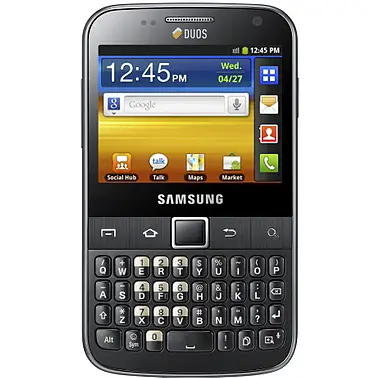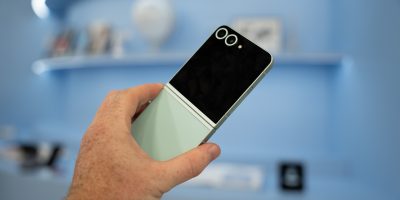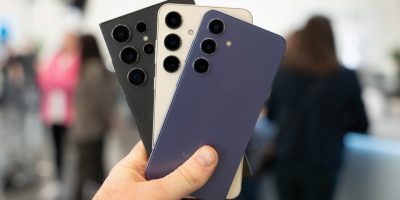
Take the Samsung Galaxy Y and Galaxy Y Pro, slap on dual-SIM support, and you have the pair of handsets announced by the Korean manufacturer today. Just with the original lineup of Galaxy Y phones, the new handsets feature 830MHz processors, 3MP rear cameras, and VGA front-facing cameras. The Galaxy Y Pro Duos gets a 2.6-inch touchscreen with a QWERTY keyboard found below, a BlackBerry-esque staple of most handsets with the ‘pro’ label. The Galaxy Y Duos foregoes the keyboard for a 3.14-inch display.

Folks in Europe, Asia, South America, and Africa can expect to see the two new offerings in January, though pricing has not yet been announced. We fully expect the Galaxy Y Duos and Galaxy Y Pro Duos to make an appearance at CES in Las Vegas.











What is the point of Dual-SIM support? Does that mean that you can have 2 SIM cards in the phone? To what end?
If you spend a lot of time moving between countries, or are an expat, it’s great to not have to switch out sims to check messages/voicemails for your other/home country network. Also being able to accept incoming calls on either, means you don’t have to choose one sim over the other for your normal usage.
That makes much more sense. Thanks Barry.
its actually a really nice feature i hope they make a dual sim nexus eventually, could you imagine pentaband gsm +dual sim, you could possibly run off 2 hspa+ networks at the same time and pull down speeds that blow away LTE. although it likely wouldnt be coded to do that.
That wouldn’t work well on a cellular network because of the latency. Plus it would add battery-raping overhead even if the latency was reasonable. Typically bonding connections together speeds up stuff that has multiple connection streams, (torrents, etc.). There are slicker ways to do that but you have to have very sophisticated routing that would only work efficiently in a low latency situation.